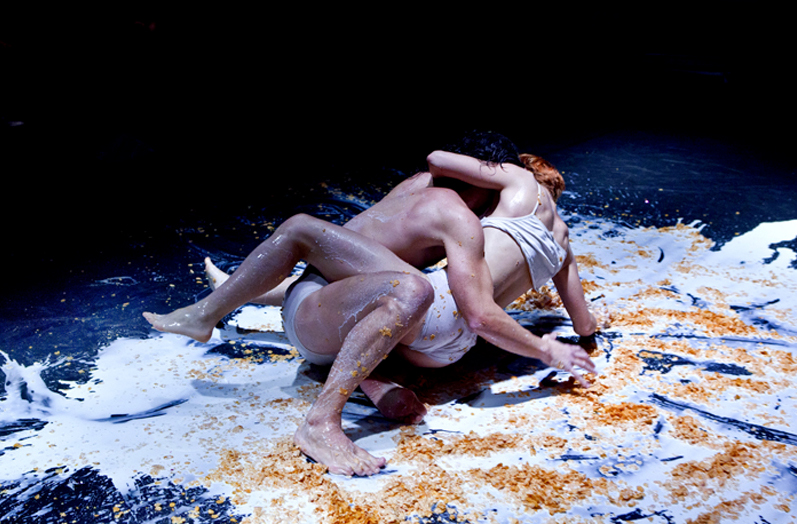#4.2 PRODUCTION AND TOURING

A company or collective of artists can apply annually for a support from the Ministry of Culture, to be used for production and touring or—in case—for running a venue and programming a season. There are some private production companies that invest money on new productions (most likely owned by popular artists themselves), but for the independent artists other ways are the solutions to get a new work produced. They can pitch their ideas to public theatres to be supported in production and touring, or apply for a residency at one of the numerous venues that trade free living-working space for a preview of the show or certain number of runs. But the most frequently walked path is self-production. In that sense, having a venue or just a workspace can be crucial for the sustainability of a project, to gain space and time to create. Both in big cities and in small villages, community centres, non-theatrical spaces and post-industrial sites are becoming more and more important for the development of the stage arts. The bi-annual national award Premio Scenario has proven to be very important to allow new artists to emerge: in a long and very intricate selection process, it awards a 10,000 Euro production prize for the best 20-minute “studio”, and the opportunity to make the complete performance circulate in various joined venues in Italy.
Published on 12 May 2015



